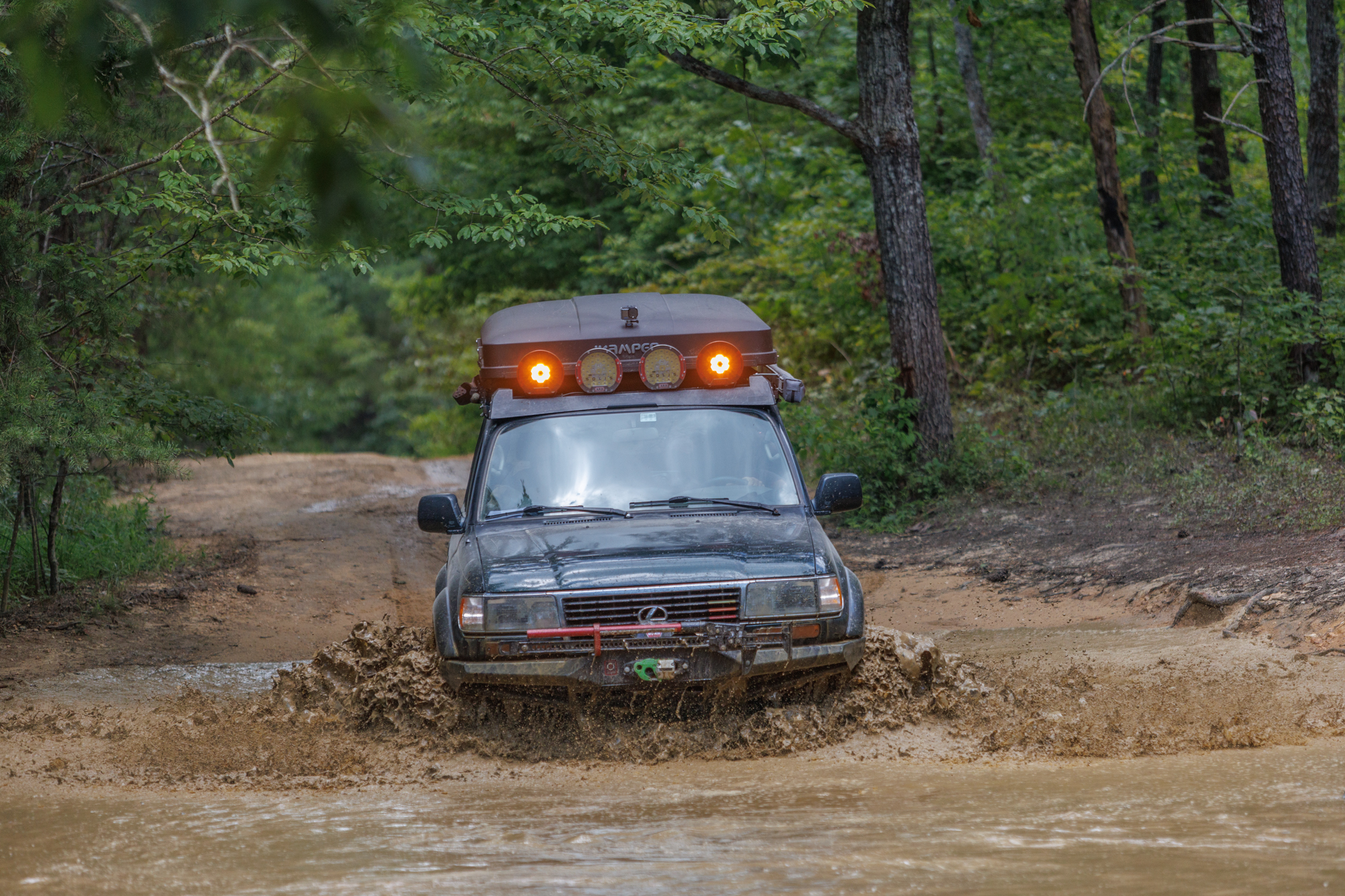Photography by Marco Garcia
When you hear someone mention the state of Alabama, what comes to mind? According to the internet, Alabama has great college football and not much else.
But what if there’s another side to Alabama? Natural, untouched, and scenic. A side with beautiful mountain roads and trails, hiking paths, and lakes, all of which come together in a unique opportunity for a southeastern overlanding route.
Doubt would be a reasonable response, as Alabama has virtually no reputation as an overlanding destination. Searching “overlanding routes in the southeast” provides well-documented trails in Georgia, North Carolina, Tennessee, and Virginia. The Alabama Rubicon is absent on every single one.
Awareness of this potential diamond in the rough is limited mostly to locals. The Alabama Rubicon consists of Forest Service Roads 600-1 and 600-2 and the scenic Lower Skyway Motorway up to Cheaha State Park. After some research and planning, we decided to organize a modest convoy of close friends and complete this lesser-known route. We hoped the 13-hour drive northwest through Florida would be worth it.
Finally nearing our campsite, we were utterly exhausted; even with two drivers rotating every three hours, we were getting vehicle cabin fever. Trying to stay entertained by reading every road sign on the radios provided only temporary relief. The last 10 miles to the camp felt longer than the first 715. Our saving grace was the one-hour time difference, which gave us a “reasonable” amount of daylight to set up camp. No one had the energy to invest in making a campfire, but the beauty of the night sky as the stars came out was undeniable. The moonlight energized us to make dinner and chatter way later into the night than expected.
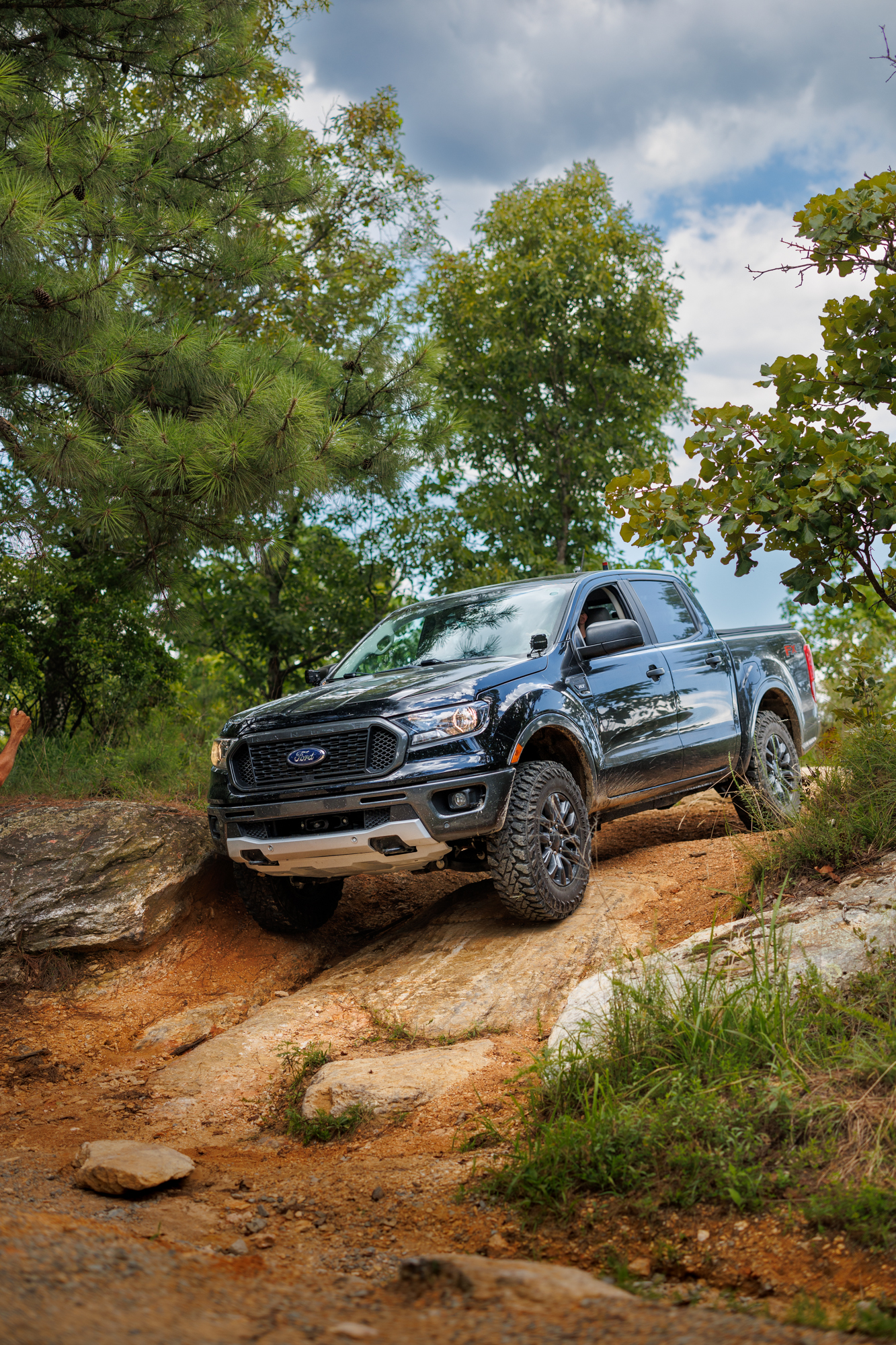
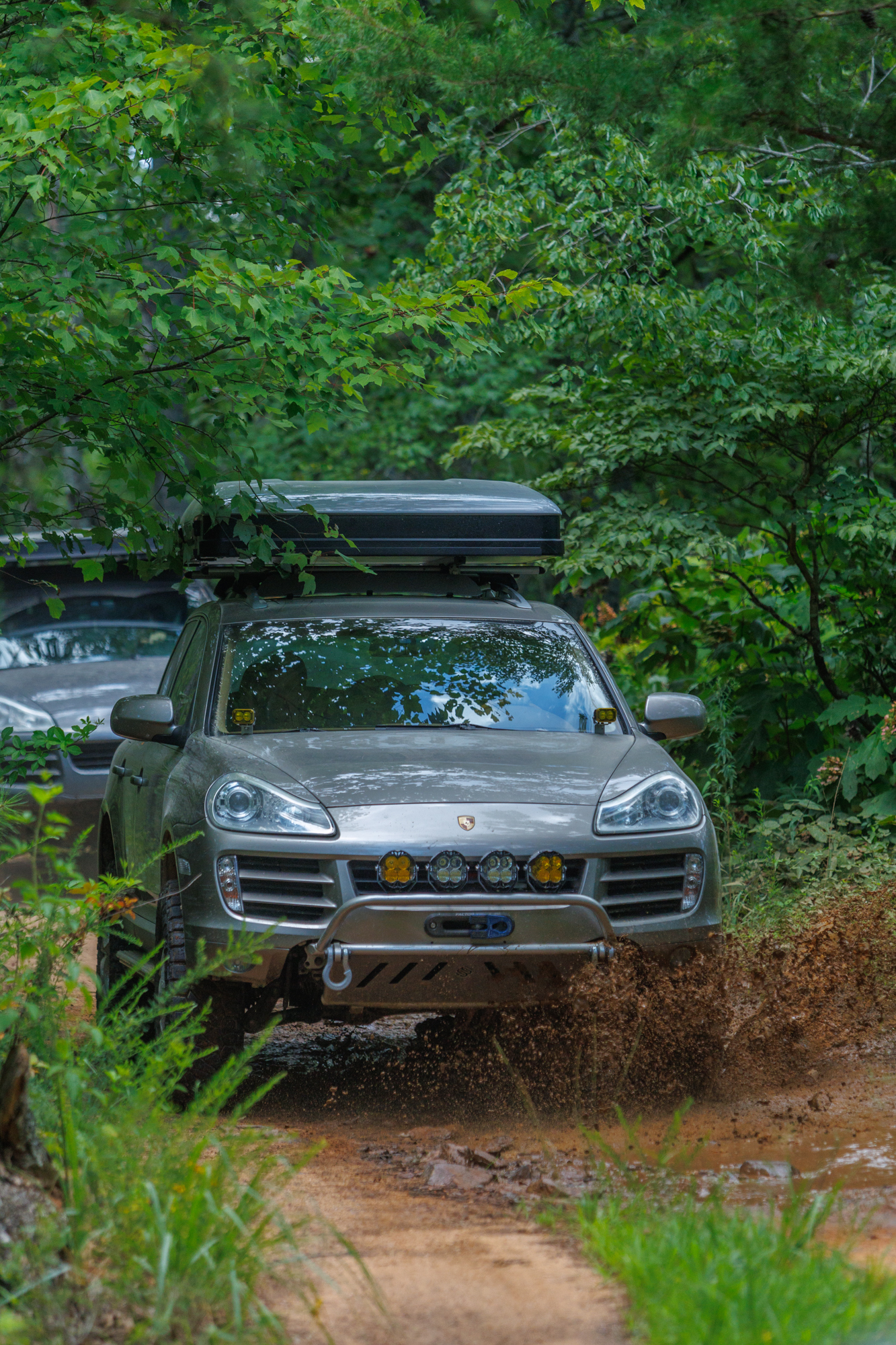
The next morning, we were eager to take on the Alabama Rubicon, which exists within Talladega National Forest, at the southernmost section of the Appalachian Mountains. Like most public lands purchased by the federal government, the area was once considered a wasteland. Heavy logging of the native longleaf pines—which once proudly stood between 80 and 100 feet tall—stripped the land bare except for a small section of low-yielding farmland. One of the earliest available surveys from 1923 described the area as “bare, badly eroded and burned over.” In 1935, the US Forest Service, having already purchased large sections of the mountain, started replanting the native trees, restocking fish and wildlife, and building access roads. By 1937, over 100 miles of roads had been built. Over 80 years later, almost the entire forest had been replanted with longleaf pine. As of 2013, only the remaining 5,000-10,000 acres of over 390,000 had not yet been restored.
Today, it’s hard to believe that the land was ever bare. The lush green forest, providing breathtaking views, blankets the lower portions of the forest. The lookouts are all unique, and the mountain casually sprinkles them in every direction just feet off the main trail. Having never traversed these parts, we are confident they rival the natural beauty of just about anything else in the region, if not the entire country.
Even in the middle of July, the cool breeze gently blowing through the once-again-towering trees made us forget that it was the middle of the summer. During the day on the trail, the low humidity and shade from the variety of dense indigenous foliage make the warm temperatures an afterthought.
Might this forest’s lack of popularity be due to its condition over the last century? Maybe, but like the majority of truly unique overlanding routes, those who know about it want to keep it that way—obscure, sparsely populated, and secluded. Regardless of whether its popularity (or lack thereof) is by design or just a factor of unforeseen circumstances, it’s selfish to not share a place as beautiful as this.
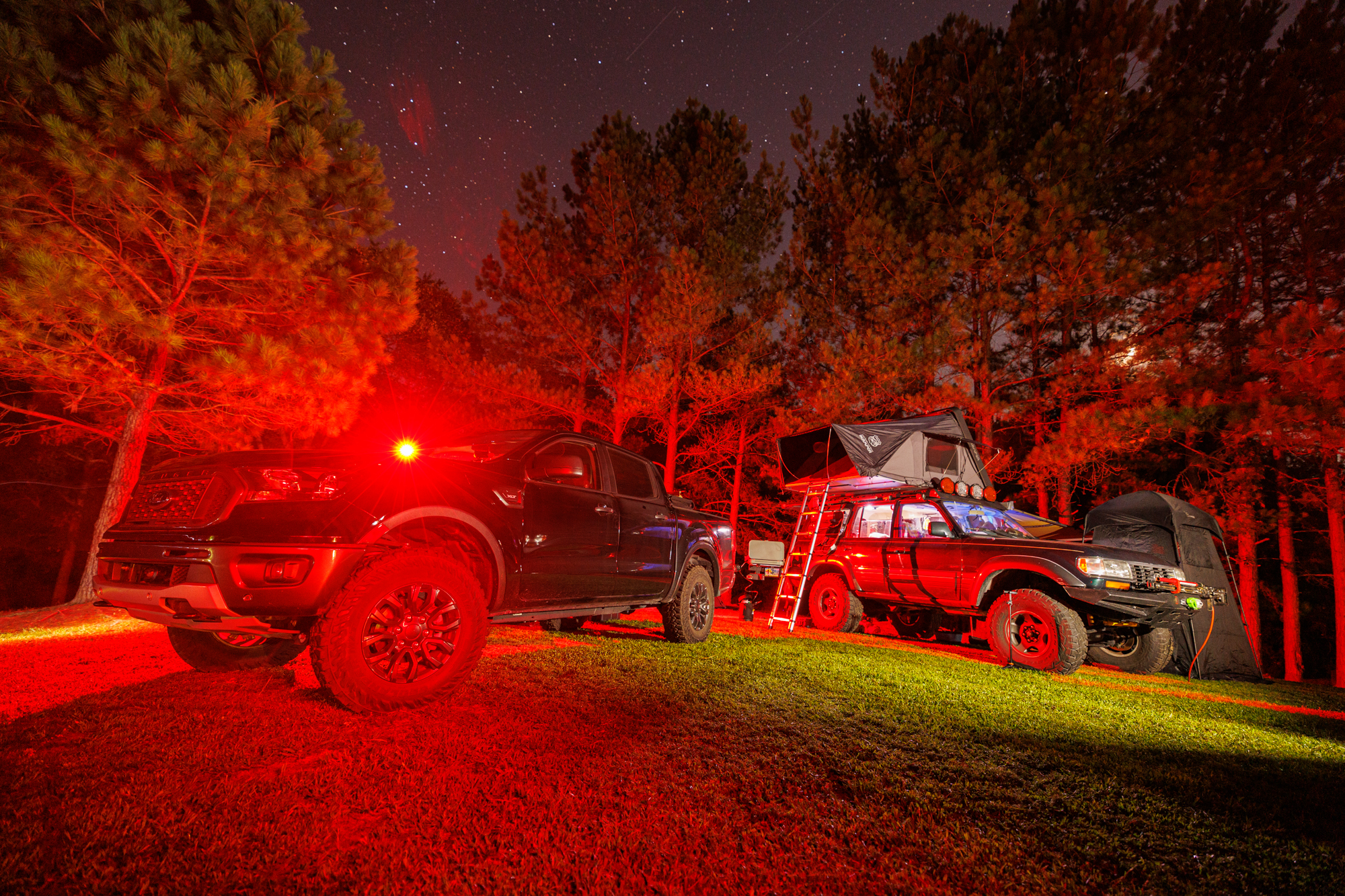
The route can be completed comfortably in two days. Each of the trails takes about a day’s worth of driving at an easy pace. We were only able to get through 600-1 on the first day. We stopped constantly, glued to any somewhat comfortable rock to sit or to stand on to take it all in.
The mountain sat there, quietly and humbly. We were in constant disbelief; every time we said, “This has got to be the best view of the mountain,” we were shortly after proven wrong at the following lookout.
The entire route can be done in a stock, high-clearance 4WD vehicle, but light truck-rated all-terrain tires would provide peace of mind as sharp rocks abound, particularly in the technical sections. We were taken by surprise by a mud hole in the middle of 600-1, not expecting pooling so high up. Throughout the route, plenty of the lookouts double as dispersed camping spots.
In addition to the scenery making us realize how wrong we were about the state’s overlanding potential, the Alabama Rubicon boasts mild, moderate, and major off-road obstacles. Forest Service Road 600-1 has many deep washouts with loose rocks ranging from softball size to boulders, mostly concentrated in the northern end. In contrast, 600-2’s most unique obstacle is one massive ravine that runs down the middle of the trail for the majority of its length. Both trails provide plenty of opportunity to test a vehicle’s off-road capability, but obstacles can be easily bypassed by going around if it seems too overwhelming for a given vehicle.
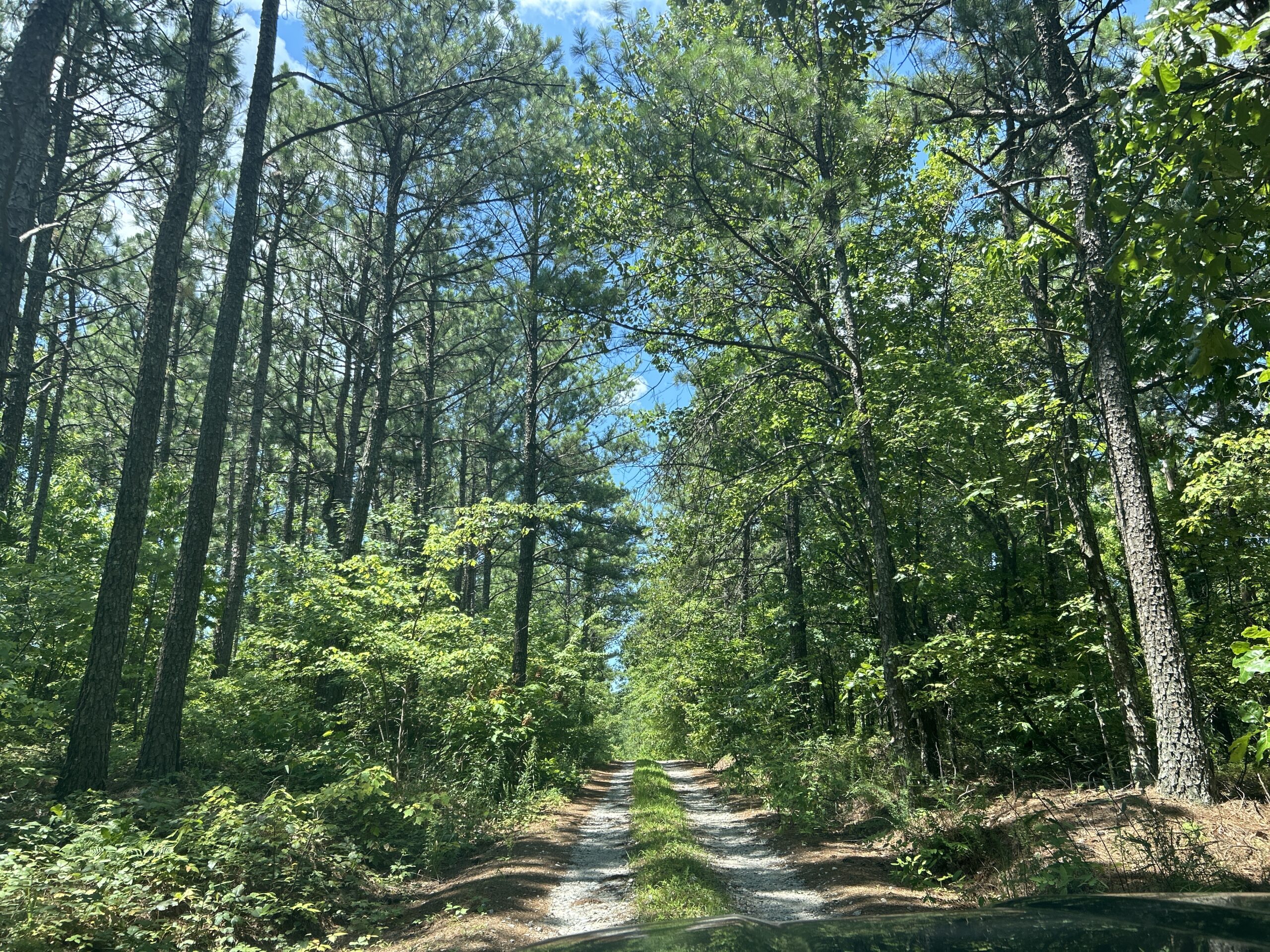
The reward at the end of this multi-day overlanding adventure is the views at the highest point in the state at Cheaha State Park, roughly 2,400 feet above sea level. The park is the best-preserved section of the mountain, an oasis within an oasis. It has a variety of outdoor activities to enjoy, such as hiking, mountain biking, and bouldering.
Some of the hiking trails connect Cheaha Lake to the picturesque bald rock at the peak. Within the state park is a primitive campground, cabins, and a hotel—a warm bed, shower, and air-conditioning at the end of a multi-day tent trip is always nice.
Read more: The Georgia Traverse:: A Four-day Overlanding Adventure
Our No Compromise Clause: We do not accept advertorial content or allow advertising to influence our coverage, and our contributors are guaranteed editorial independence. Overland International may earn a small commission from affiliate links included in this article. We appreciate your support.


